Financial Street Lao Li
On the first trading day this week, A-shares and the new energy sector fell again, with the ChiNext falling by more than 3% intraday, Ningde Times falling by more than 8%, and BYD’s decline also approaching 5%. The market is still very weak. Although the annual reports of many domestic new energy and automobile industry chain companies exceeded expectations, the secondary market’s performance was not outstanding. The “slow bear” since December last year has not improved. Many fund managers from various institutions withdrew more than 25%, and the saying of the “black first quarter” is not unfounded.
After entering March, Lao Li felt that the activity of electric vehicle and auto researchers was getting lower and lower, and everyone had fewer teleconferences and less attention to the market. Especially, researchers in Shanghai are staying at home to fight the epidemic, and the market has not rebounded at all. Everyone understands that good fundamental research alone cannot drive the market.
Recently, the situation is slightly different. BYD announced to stop producing fuel cars, and Ningde Times publicly disclosed the “Kirin Battery”. Major “negative news” has occurred in the new energy vehicle sector. Today, Lao Li will discuss with everyone about the current fundamentals of the new energy vehicle sector, who is the industry leader between Ning Wang and BYD, and when the two companies can recover.
The Negative Factors Behind Good Fundamentals
To summarize the current fundamentals of new energy vehicles in one sentence: in the second quarter of 2022, there is likely to be a stage of “negative factors” behind the prosperity of the new energy vehicle sector, and the performance of leading companies such as Ningde Times and BYD will determine the overall trend of the sector.
There are two key terms here, one is prosperity and the other is a stage of “negative factors”.
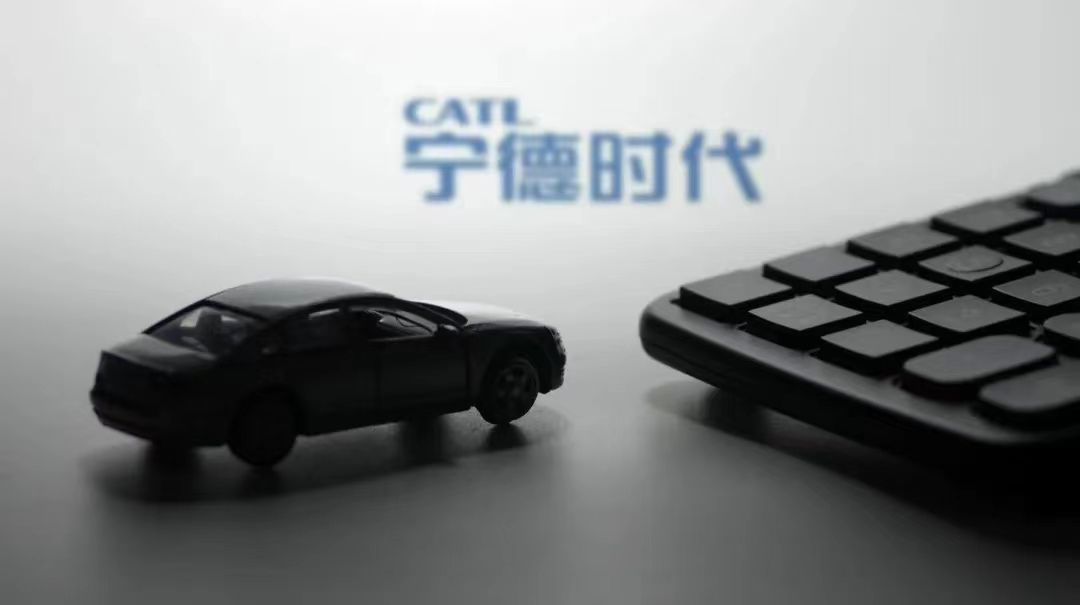
Describing the current new energy vehicle industry as prosperous is not an exaggeration. It can be said that the high growth rate of new energy vehicles since the second half of last year has not ended. Although the official data for March has not yet been released, according to the data Lao Li obtained, the total sales of cars in China in March were about 2.2 million, a year-on-year decrease of about 10%, of which the sales of passenger cars were about 1.9 million, and the sales of new energy vehicles were about 500,000, more than twice that of the same period last year. In the first quarter, the sales of new energy vehicles were between 1.2-1.3 million, more than twice that of last year.
Friends familiar with the market will find that the growth of new energy vehicles and the shrinking sales of fuel cars have been the market norm every month since this year. Analyzing the market with economic thinking will result in such a trend -Currently, the overall domestic auto market is not doing well due to the unfavorable macro environment and residents’ income being greatly affected. Therefore, most of the current buyers of new energy vehicles are either those in urgent need or high-net-worth individuals, who are not greatly affected by the macro environment. As a result, the impact of macro environment changes on the sales of new energy vehicles is not significant. Thus, the penetration rate of new energy vehicles will continue to grow rapidly.
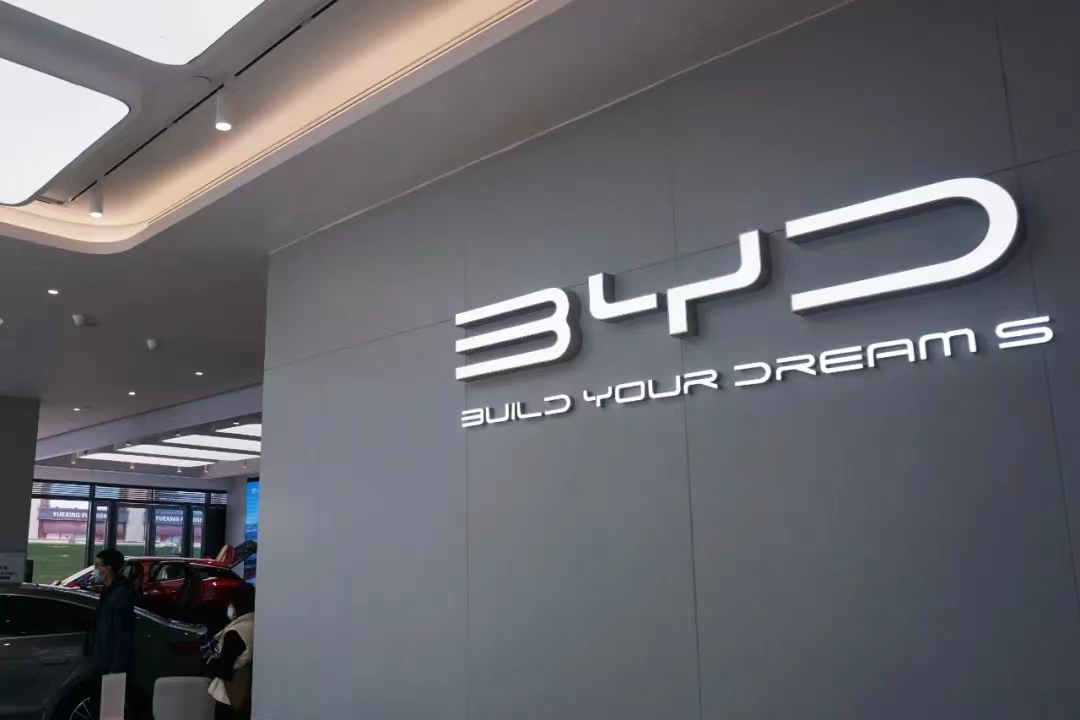
Prosperity is the norm for the new energy vehicle market this year, based on this logic, we can judge that the fundamentals of Ningde Times and BYD will not be too weak. However, the current problem is that due to the impact of the pandemic and the supply chain, the new energy sector is experiencing “negative news” in the secondary market. Stage negatives include two aspects:
**Firstly, negative news related to the power battery supply chain. due to supply and demand issues, the upstream raw material prices of power batteries have been rising. This has escalated beyond market behavior, prompting the government to start controlling prices through regulation. The Ministry of Industry and Information Technology and the State Administration for Market Regulation have both expressed their intentions in this regard. The upstream price management will be a 1-2 year tug of war, so therefore, enterprises such as Ningde Times will inevitably be impacted. “After Ningde Times’ market value hit bottom in early March, it started a brief recovery, but the small rebound was immediately pushed back by negative news”.
**Secondly, negative news related to the rise in vehicle prices. This is no longer news; all new energy vehicle companies in China are adjusting prices. BYD has even initiated two price increases on some models, with the total price increase for some models expected to exceed RMB 10,000. Although BYD has issued an industry notice to stop production of traditional fuel vehicles, the impact on the capital market caused by the price increases is not yet fully eliminated. Some analysts believe that with the combination of price increases and the pandemic, the fundamentals of BYD are likely to be affected, leading to negative news in the secondary market.
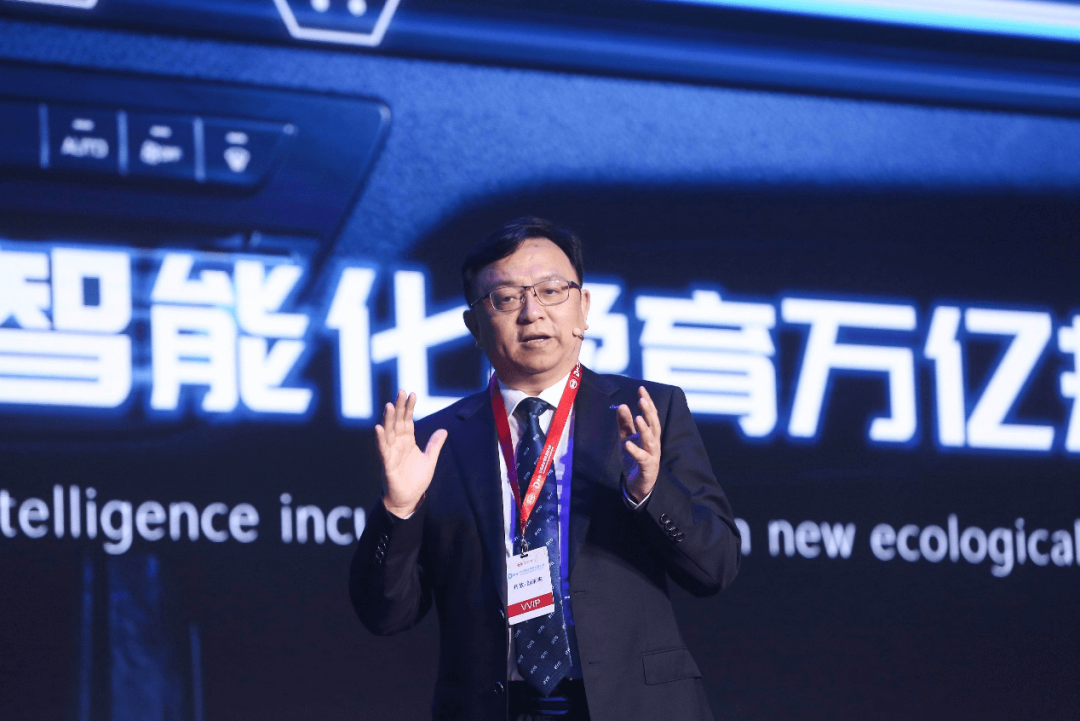
Wang Chuanfu also voiced various new opinions, such as:
“The development of new things has never been proportional. From black and white TV to color TV, from feature phones to smartphones, these changes have occurred in just a few years, and the speed and efficiency of market changes for new things in China are faster than those in foreign countries.”
“The replacement of fuel vehicles by new energy vehicles will only be fast, not slow. We have all experienced the electrification process of buses. The closer we get to the end, the faster the speed of change, and private cars are the same.”
“Based on the industry’s rate of change last year, if we calculate it evenly, the penetration rate of new energy vehicles in China is expected to reach 35% by the end of 2022.”No matter how the top leader calls out, the overall change in the new energy sector still depends on the performance of Ningde Times and BYD. If Ningde Times is stable, then the upstream of the new energy will be stable; if BYD is stable, then the whole new energy vehicle industry will be stable.
Ningde Times and BYD, who is the leader?
Many friends may ask, who is the leader between Ningde Times and BYD? Last year, the answer was undoubtedly Ningde Times, but in the long term, there are still many variables.
Generally speaking, in the early stage of industrial development, the profit margin of upstream enterprises is often better than that of downstream enterprises. In terms of their position in the industrial chain, Ningde Times has a higher market concentration and makes more money than BYD. Therefore, almost all researchers support Ningde Times in the early stage of the industry. This can be seen from a set of financial report data:
In 2020, Ningde Times’ revenue was RMB 50.319 billion, of which the revenue of its main power battery system was RMB 39.425 billion, operating profit was RMB 10.453 billion, and gross profit margin was as high as 26.51%. Ningde Times also announced on January 27 this year that the net profit attributable to shareholders of the parent company in 2021 is expected to be between RMB 14 billion and RMB 16.5 billion, a year-on-year increase of 150.75% to 195.52%.
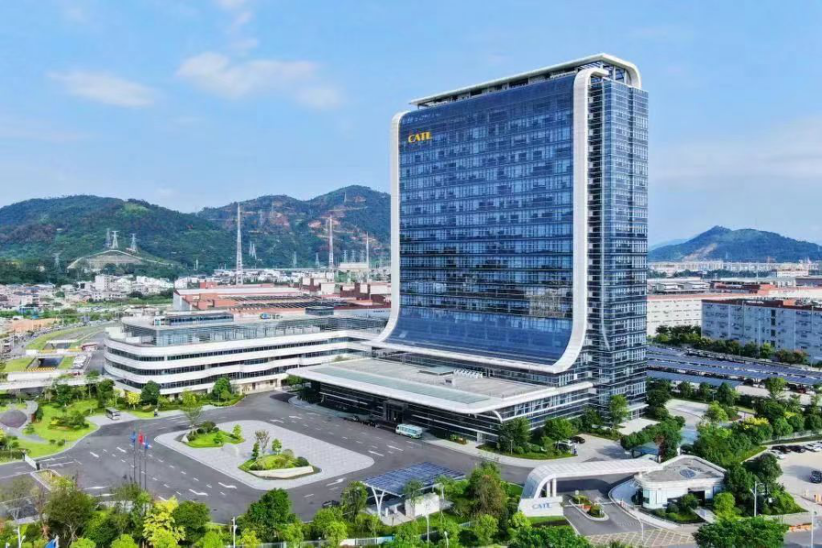
It’s easy for us to see that Ningde Times is a typical high gross profit and high growth rate enterprise. Li wrote “Will the Wind Change in the Second Half of the Year?” in which he mentioned that there are two valuation passwords granted to Ningde Times by the secondary market: one is its high growth rate, and the other is its high market share. As long as Ningde Times maintains a growth rate of more than 30% and a market share of more than 50%, its valuation will not be greatly affected.
Let’s take a look at BYD’s financial report: In 2021, BYD’s revenue was RMB 216.142 billion, a year-on-year increase of 38.02%, of which the revenue of automotive-related business was RMB 112.489 billion, a year-on-year increase of 33.93%, and it exceeded RMB 100 billion for the first time in history. However, its gross profit margin was only 17.39%, and its market share in the new energy vehicle market was less than 30%. With the increase in other new forces, BYD’s market share will also decline.

Here, we need to explain the issue of BYD’s net profit. In 2021, BYD’s net profit was only RMB 3.045 billion, a year-on-year decrease of 28.08%; after deducting non-recurring gains and losses, the company’s net profit was RMB 1.255 billion, a year-on-year decrease of 57.53%. BYD’s low net profit is mainly due to a large number of fixed assets and project investments last year.# BYD’s Development Momentum Is On the Rise in 2021
In 2021, BYD’s fixed assets amounted to CNY 61.221 billion, a YoY growth of 12.16%. Its construction in progress reached CNY 20.277 billion, an increase of CNY 141.65 billion over the same period in 2020. After the completion of the projects, BYD will expand from three to nine production bases. It can be seen that BYD is on a rising development trend.
Recently, some people in the industry have put forward the view that “Ningde goes down, while BYD goes up.” From the long-term trend, Li believes that Ningde Times is indeed facing greater pressure in the power battery sector, mainly because it is difficult to ensure its market share. Currently, Zhongchuang New Energy and EVE Energy are playing the price war, which is blocking Ningde Times by “killing a thousand enemies at the cost of eight hundred.” The battery companies under the host factory system such as CATL and Narada Power will cause greater harm to Ningde Times, so it must establish a new defense mechanism to maintain its high growth rate and market share.
BYD’s situation is much better. Its subsidiary, Ferrous Battery, is on the offensive trend. Once Ferrous enters strong host factories, an increase in market share is expected. From the perspective of the entire vehicle business, BYD is undoubtedly one of the industry’s top two leaders, along with Tesla.
An interesting data point is that BYD’s average unit price approaches CNY 150,000, while Great Wall Motors’ is around CNY 100,000, and Geely’s is less than CNY 90,000. With the launch of the BYD Han hybrid version and its future high-end R project, its average unit price is expected to increase, which will benefit its gross profit margin.
In August 2021, BYD’s stock price broke through CNY 300 per share, and some securities companies proposed a market value of CNY 2 trillion for BYD. Earlier this year, Li also mentioned “Give BYD a high-end brand, which is just around the corner from a trillion market cap”. After last year’s National Day, BYD’s market value once approached CNY 1 trillion. Unfortunately, the A-share market soon entered a “slow bear” trend. Li believes that “when the market recovers, BYD’s road to CNY 2 trillion is still far away, but the trillion is only a matter of time.”
When Will Ningde Times and BYD Rise Again?
The recovery of Ningde and BYD is not much related to fundamentals but depends on the overall market trend. The secondary market generally divides researchers into three types: macro, strategy, and industry. Macro researchers look at the direction of macroeconomics, strategy researchers look at the rotation of sectors, while industry researchers look at the fundamentals of industries and companies. From a rational perspective, the lithium battery industry chain represented by Ningde Times and the whole vehicle market represented by BYD have already reached the best investment price range, and the research of industry researchers is correct, but the problem is that the market is not making money.To make money in the automotive industry, it depends on macro research analysts and strategy research analysts. The market logic of the new energy sector has been completely disrupted by the macro trend and the impact of the pandemic. The current logic is that whatever sector the funds rotate to, that sector makes money. Since short-term funds are not going into the new energy sector, buying Ningde Times and BYD will not make money.
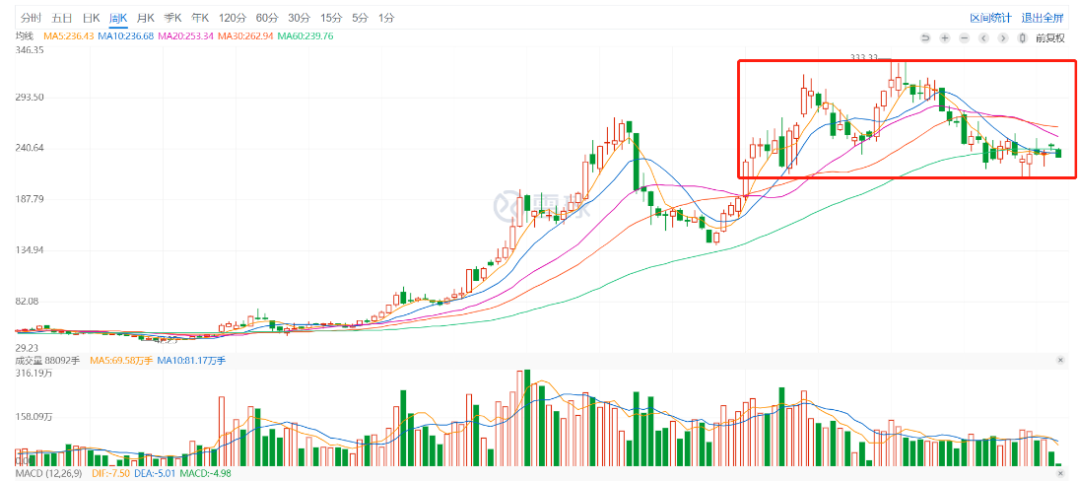
Since the Central Economic Work Conference last year, stabilizing growth has been the main theme, especially after the “Two Sessions”, the target of 5.5% GDP growth has been put forward. Under this target, stabilizing the economy and development is of great importance. The first impression that “stabilizing the economy and development” gives to everyone is that interest rate cuts, financial policies, and the comprehensive release of liquidity are needed. However, the epidemic in various places has become the unknown factor of this round, which has caused significant impact on the economy and enabled infrastructure and other sectors to be reconfirmed by the market.
The stabilization of economic growth mainly depends on two sectors: infrastructure and real estate. Their investment amount is more closely related to GDP growth, and they need greater policy releases to ease growth pressure. After coal, real estate and steel will be the main theme of the second quarter. Under this macro background, the fundamental research of electric vehicle and automotive industry analysts is not significant.
Where is the turning point for Ningde Times and BYD? No one can explain it clearly now. In fact, public funds are not in a hurry. They earn management fees whether the market is good or bad, and the secondary market is more inwardly competitive than the industry. At these times, everyone gives up ranking intermittently.
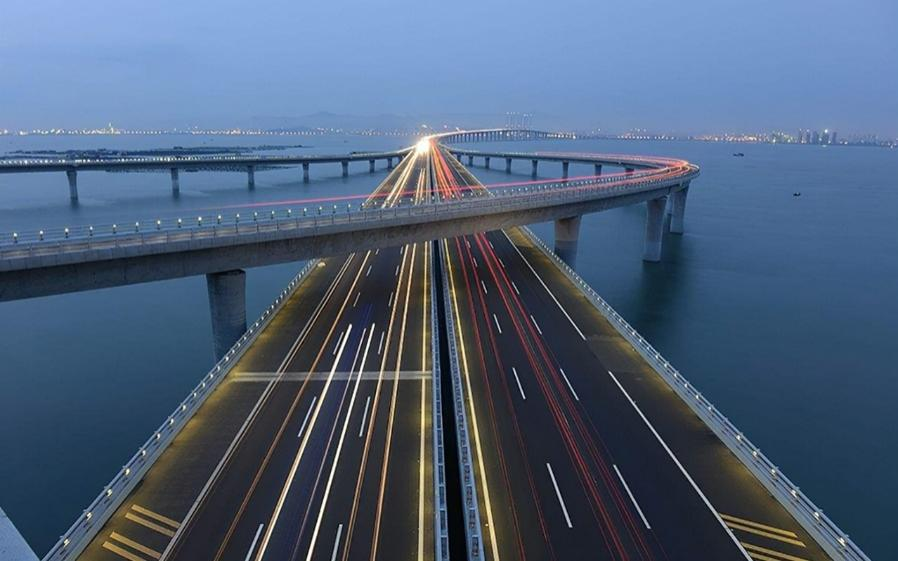
If we must predict a time period, Mr. Li believes that, in the current situation, the recovery time may be 3-6 months later. The market’s turning point depends on the trend of new energy vehicles and liquidity. When the penetration rate of new energy vehicles exceeds 40% in a single month, the market will have a reverse trend against the capital flow, and the trend of a cyclical reversal will come. The leader of the reversal trend will undoubtedly be Ningde Times and BYD.
There is nothing new under the sun. After the “slow bear” in 2018, we encountered Guizhou Moutai and Yunnan Baiyao, and identified Ningde Times and BYD. During the market’s slow bear period, all we had to do was patiently research and wait for the rebound.
This article is a translation by ChatGPT of a Chinese report from 42HOW. If you have any questions about it, please email bd@42how.com.
